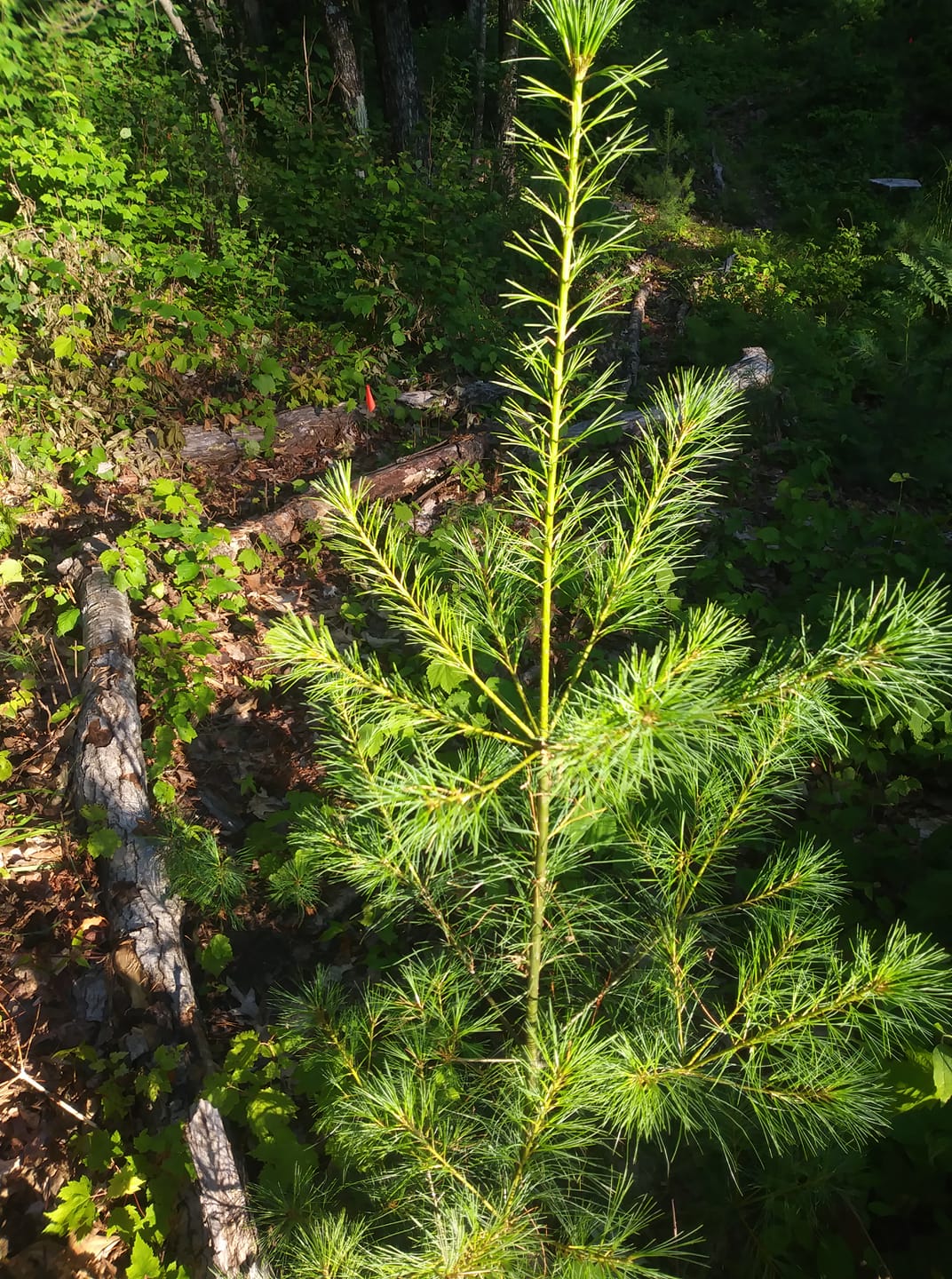DECEMBER 10, 2020 – As I dig deeper into my “tree garden” project, I’m reminded of my reaction to Black Lives Matter. How in the world could these two matters—trees and racial justice—be connected? Read on.
As revealed in prior posts, our older son’s community activism prompted my wife and me to learn more about the history of race relations in America. The central discovery we made via various books, articles, and conversations with people directly affected by grinding, racial discrimination was . . . our own ignorance.
If knowledge of history were a foreign language, our fledgling grasp of Black history would be the equivalent of our understanding people conversing in a language that previously we could only have identified—as in, “I think they’re speaking Chinese.” After self-directed study guided by curiosity and desire for understanding, our “Chinese” might not be fluent, but at least we know the subject matter of the conversation.
Similarly, as I investigate forest dendrology, I realize how ignorant I was (and to a very large extent, still am) of what’s really going on in the woods. Sure, I took high school biology taught by a superb instructor, and I’ve spent lots of time observing trees, much under the tutelage of my dad, who knew quite a lot about them. But heretofore I had little appreciation for how interdependent trees are.
For example, I used to think of them from the ground up, except on the rare occasion when a windstorm blew through and uprooted large specimens. I always saw them as “stand-alone” organisms that survived or perished on their own—just like individuals in human society. In reality, however, as much is going on below the surface as is happening up the trunk and throughout a tree’s foliage. For example, something I learned recently is the role of mychorrhizas—partnerships between fungi and tree roots—that form underground. These serve as a massive connector—a combined biological internet and Interstate transmitting information and nutrients.
Some “individual” trees are not only connected to a much larger ecological community but they’re all part of the same plant, whose shoots above ground give the impression of individual trunks, and therefore, independent plants. The poplars in our neck of the woods are an example of this phenomenon.
What I find fascinating is how in Western culture, which favors the individual over the collective, we have long harbored the idea that biological evolution is driven by competition among individuals of a species. This view is foundational to many social, economic, and political theories about us. As scientific research advances (see, for example, the “ground-breaking” work of Suzanne Simard), perhaps our traditional thinking will have to evolve to catch-up to a more complex reality.
As I explore the woods, map out trails, and look after the hundreds of trees I planted, I have a deeper appreciation for the “system” around me. Yes, I “see” individual trees, but I’m now aware that like individual people, they survive and thrive as members of an interconnected whole.
(Remember to subscribe to this blog and receive notifications of new posts by email.)
© 2020 by Eric Nilsson
